Air travel runs on quiet expectations most passengers never read. Contracts of carriage, safety rules, and airline policies sit in the background while people wrestle with luggage and boarding groups. What feels like harmless improvising can easily cross into behavior crews are required to document or correct. Some of these rules protect safety, others protect order and fairness in a very small shared space. Knowing where the invisible lines are makes it easier to stay out of trouble at 35,000 feet.
Stowing Bags Where They Do Not Belong

Cabin baggage rules are not just about size charts on a website. Airlines expect bags to go either under the seat or in the overhead directly above the passenger who owns them, not three rows away or in premium cabins. Taking space meant for assistive devices or higher fares can force crew into awkward reshuffles and delays. When bins overflow, people who ignored limits are often the first to have bags gate checked and the last to see them again.
Ignoring The Seatbelt Sign During Calm Air
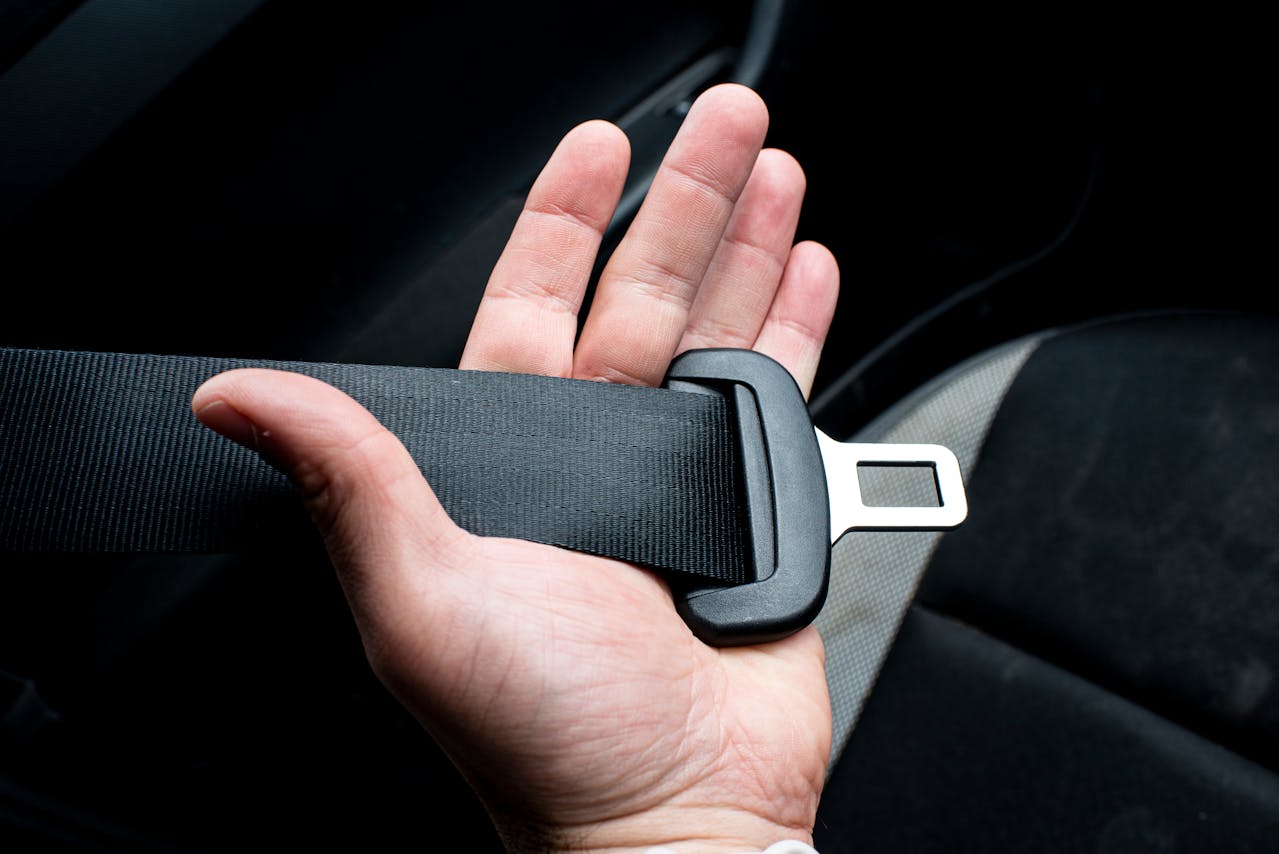
The seatbelt sign matters even when the cabin feels still and quiet. Unexpected turbulence can throw unbelted passengers into ceilings or aisles with zero warning, especially during climb and descent. Getting up to grab a backpack or rush to the restroom while the sign is on technically means disobeying a crew instruction. Most of the time it ends with a sharp reminder, but repeated defiance can be logged and used if there is an injury or serious incident.
Reclining Without Thinking About The Person Behind

Recline is allowed on most flights, but airlines still expect some sense of timing and awareness. Throwing a seat back during meal service or while someone has a laptop open can create a safety issue, not just mild annoyance. Drinks spill, screens crack, and tempers flare. When crew get involved, they usually favor the passenger who cannot sit safely rather than the one insisting on full recline at any cost. A brief look back can prevent hours of silent hostility.
Boarding With Restricted Items In Carry-On Bags

Passing security does not guarantee every item in a bag is acceptable in the cabin. Airlines maintain their own lists of restricted objects, especially around lithium batteries, tools, and sports gear. Something that slips through screening can still be spotted at the gate or on board and pulled out. That often means surrendering the item on the spot or checking the whole bag. Few things sour a trip faster than losing gear because the carrier’s rules were tighter than the airport’s.
Sneaking Pets Or Emotional Support Animals Onboard

The era of vague emotional support animals is mostly over, and airlines now draw firm lines. Only trained service animals and properly booked pets are welcome in the cabin. Hiding a pet in a tote, mislabeling it as a support animal, or letting it roam across seats all violate policy. Once crew notice, the options shrink fast: removal from the flight, rebooking with extra fees, or in some cases being flagged in the system for future scrutiny and stricter handling.
Swapping Seats After Takeoff Without Approval

Seat swapping feels normal, especially for families split across the cabin, but it still sits under airline control. Crew have to maintain weight balance, keep fare classes separate, and respect rules around exit rows and bassinet areas. Sliding into an empty premium row, crowding one section, or refusing to go back when asked can cross from pushy into noncompliant. In paperwork, that reads as interfering with crew duties, which regulators treat much more seriously than a simple disagreement.
Filming Crew And Passengers Without Consent
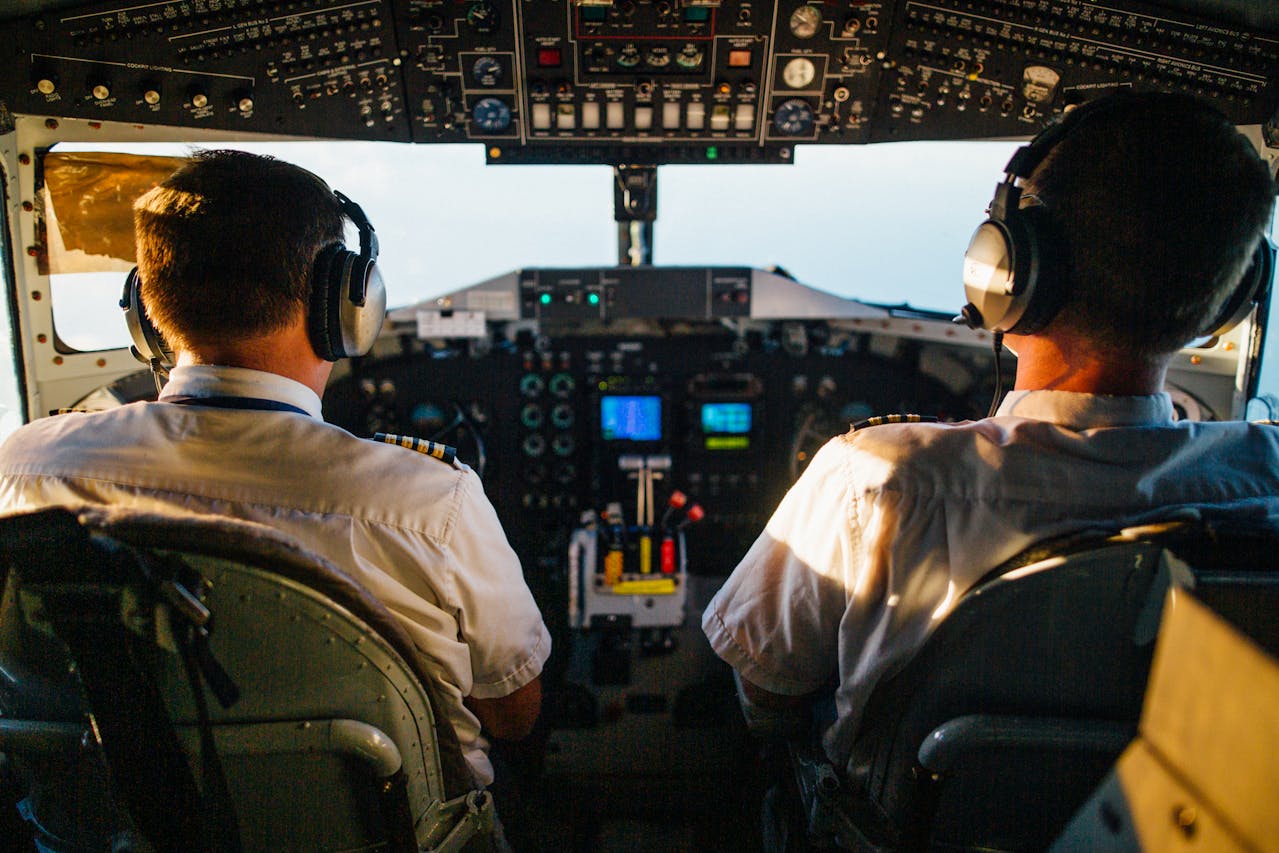
Smartphones turned every flight into a potential stage, but airlines do not see that as harmless. Many carriers restrict recording of staff and other passengers, especially during disputes, safety briefings, and security checks. Continuing to film after a clear request to stop can be treated as disruptive behavior, not simple documentation. Even where local law allows public recording, the airline’s conditions of carriage still give crew leverage to deplane someone who refuses to respect onboard privacy expectations.
Mishandling Electronics During Taxi, Takeoff, And Landing
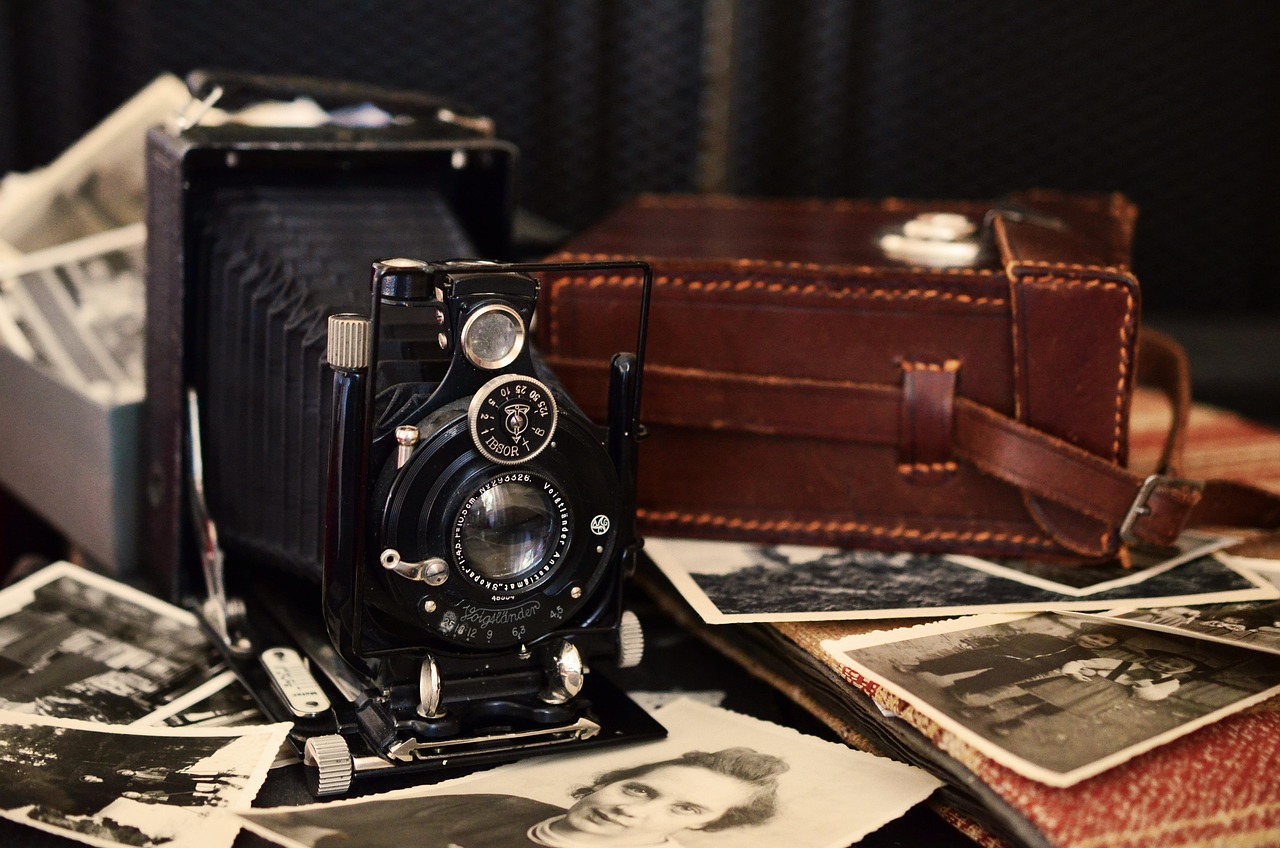
Allowing phones in airplane mode made people casual about all electronics. Larger devices like laptops and cameras still need to be secured as solid objects that can fly across the cabin during sudden braking. Balancing a computer on a tray table or holding a heavy gadget loosely during takeoff and landing goes against the safety briefing many passengers tune out. If someone repeatedly ignores those instructions, crew can treat it as refusing to follow legally required safety procedures.
Drinking Personal Alcohol Purchased In Duty-Free

Duty-free shops actively encourage people to stock up, then airlines forbid those bottles from being opened on board. Regulations in many regions require all alcohol consumption in flight to be monitored and poured by cabin crew. Quietly topping up a cup from a personal bottle, or pushing staff to serve from it, undercuts that control. If it leads to visible intoxication or conflict, law enforcement may be waiting at the arrival gate with fines or follow-up questioning.
Sitting In Exit Rows Without Meeting Requirements
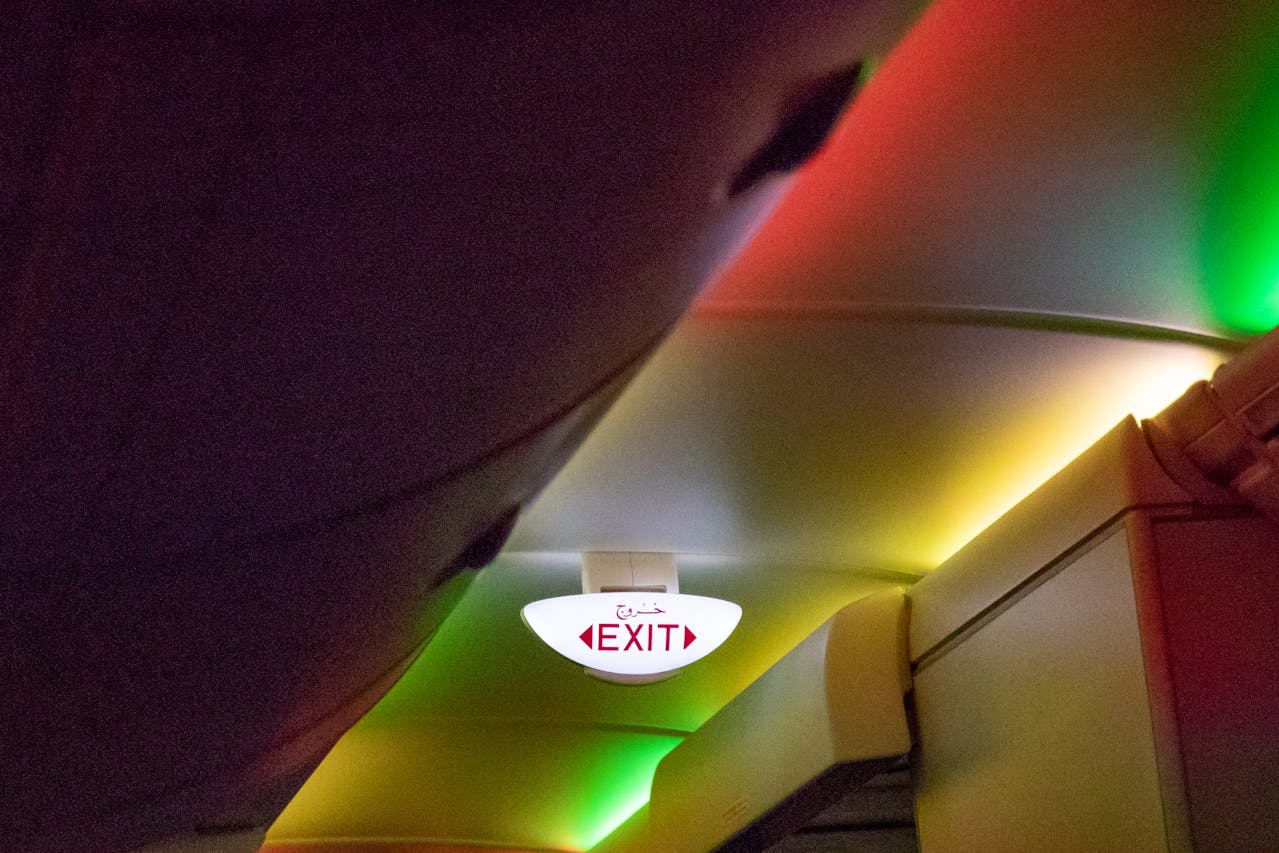
Exit row seats offer prized legroom but also legal obligations. Airlines must ensure everyone there can understand instructions, operate the door, and assist during an evacuation. Sitting there with limited mobility, a language barrier, or a child on the lap breaks those terms. If the passenger argues or refuses to move after a crew request, the aircraft cannot depart until the issue is fixed. That standoff can delay the entire flight and be logged as a safety violation.
Ignoring Safety Demonstrations And Blocking Aisles
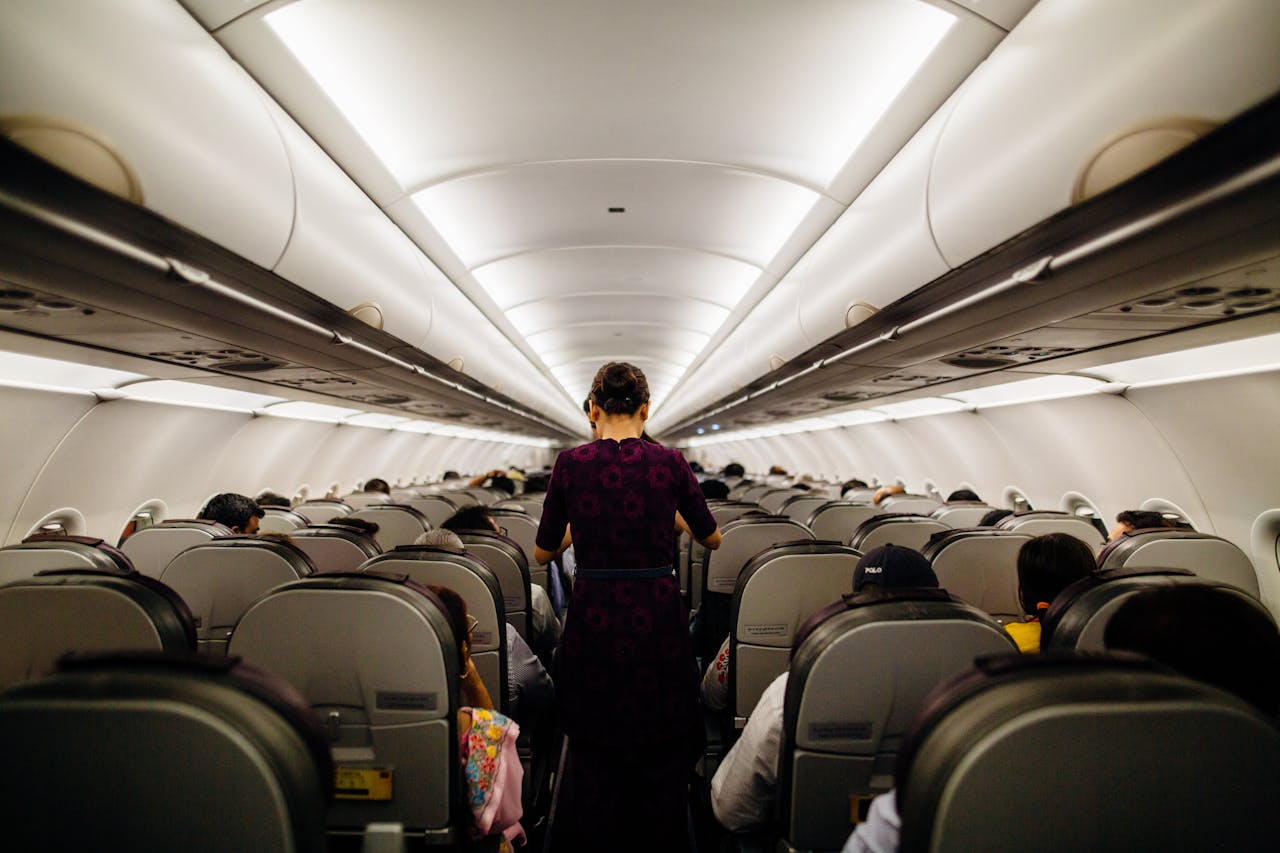
Safety briefings are repetitive by design, but regulators expect airlines to make sure passengers can see and hear them. Wearing noise-canceling headphones at full volume, scrolling on a tablet held high, or blocking aisles with backpacks all undercut that requirement. Crew may pause the demonstration or ask for attention, not because they enjoy policing behavior, but because audits and investigations review how seriously briefings were taken. Persistent disregard makes the cabin feel tense before the plane even leaves the ground.
Rushing The Aisle And Disobeying Instructions After Landing

Once the wheels touch the runway, many travelers pop up instinctively, digging into bins while the plane still moves. From a safety perspective, the flight is not over until the engines are off and doors open. Ignoring orders to stay seated, surging forward, or opening overhead bins early creates real risk if there is a sudden stop. Crew authority covers those final minutes, and repeated defiance can still end with reports filed and consequences that extend beyond a single trip.


